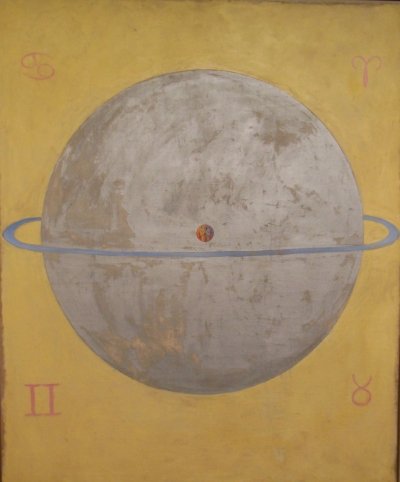A common definition is something like: A horoscope is a chart or diagram representing the positions of Sun, Moon and planets and their aspects at the time of an event (birth), these positions being calculated by astronomical calculation. That seems straightforward and should result in a definite chart.
But it doesn’t. The horoscope is an artifact, not a scientific representation. Like any diagram, illustration or schematic drawing it involves the author’s choice of what to include or exclude, and this is true for the horoscope, too.
As to the planets: which ones make the cut? Just the seven heavenly bodies visible with the naked eye and known since antiquity? Or should we also include the three only recently discovered trans-Saturnian planets? What about Chiron, discovered in 1978, a comet/planetoid circling in an eccentric path between Saturn and Uranus, and gaining great popularity among many astrologers who refer to him as the ’Wounded Healer’?
Traditional astrology accounts for basically three aspects between planets: opposition, trine and square, referring to the division of the circle (the ecliptic) by 2 or 3 or 4, and clearly indicating a challenging, helpful or impeding quality, respectively. But what if we divide by 5 and come up with a quintile? In addition to the Ptolemaic aspects, Kepler not only proposed the quintile (72°) but also the bi-quintile (144°) and the sesqui-quadrate (135°). Are we gaining information or losing clarity by including them? Also: planets only rarely make precise aspects, mostly varying by several degrees. The bigger the radius we allow for each planet to be still effective the more aspects we will get, and vice versa.
The astrologer is the arbiter of choice. Every astrologer will have his or her preferences, resulting in a unique chart. Like painters of a certain landscape will come with different versions, or writers varying in their account of the same event.
Keplers horoscope, drawn by himself; it shows the infinite possibilities at the hand of the astrologer to cast a horoscope; computer printouts would be at the other end of the spectrum.


